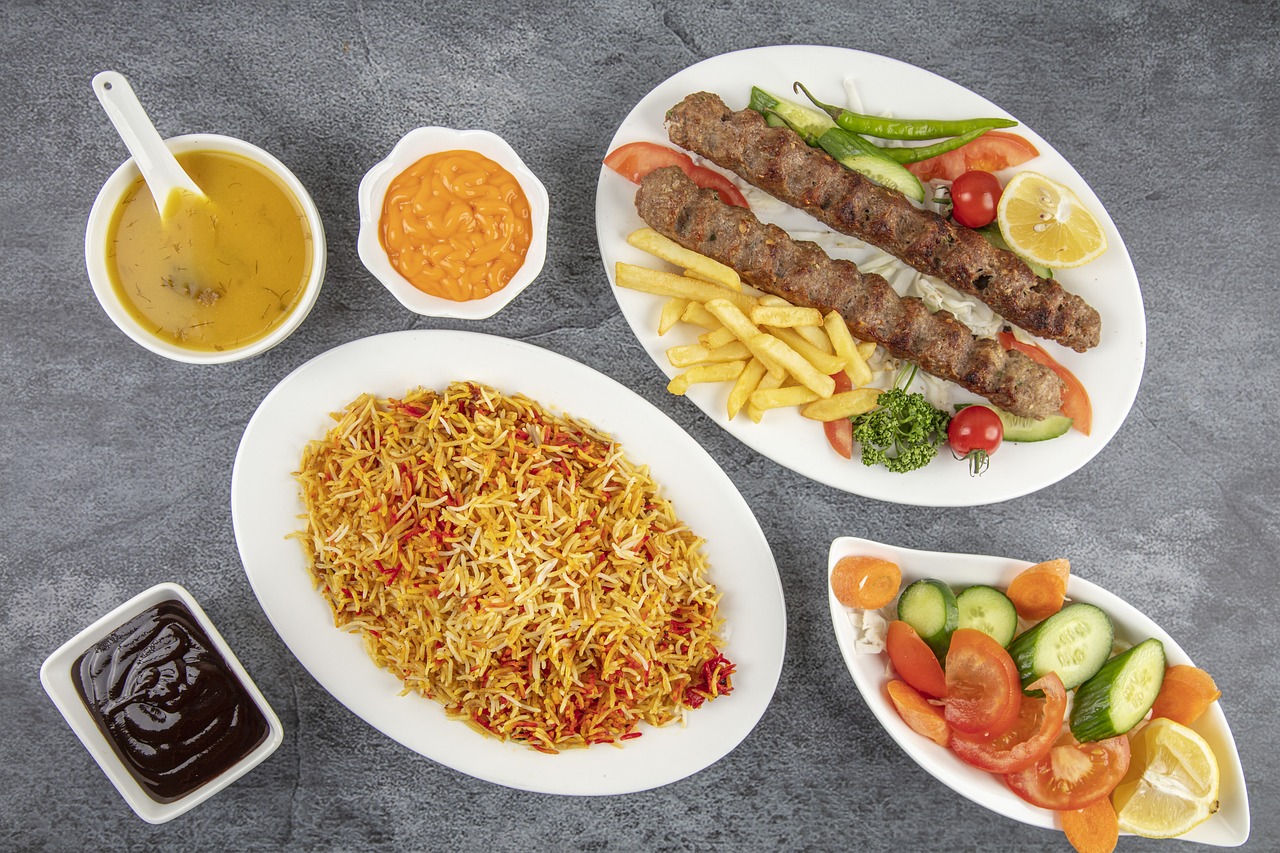Exploring the Irresistible Delight

A fragrant and flavorful dish that captivates the senses with every bite has earned its place as a culinary masterpiece loved by millions worldwide. This iconic dish is not just a meal; it’s an experience that brings people together through its rich history, diverse variations, and mouthwatering aromas. Join us as we delve into the fascinating world of biryani, exploring its origins, ingredients, preparation methods, and cultural significance.
A Tapestry of Flavors and Origins:
Biryani’s origin is as diverse as its flavors. Believed to have been born in the kitchens of ancient India, biryani has traveled far and wide, adapting to the tastes and ingredients of various regions. Its roots can be traced back to Persia, where the dish was known as “biryan,” a combination of rice and meat. As it spread across the Indian subcontinent, each region added its unique touch, creating numerous biryani variations, such as Hyderabadi, Lucknowi, Kolkata, and Malabar.
The Symphony of Ingredients:
At the heart of every biryani is fragrant, long-grain Basmati rice infused with aromatic spices that create a harmonious melody of flavors. The choice of meat or vegetables adds depth to the dish, with succulent chicken, tender lamb, or marinated seafood creating a delightful contrast against the rice. The distinctive blend of spices, from cumin and cardamom to saffron and cloves, makes each biryani variant unique.
Cooking Techniques:
The art of making biryani lies in the intricate cooking techniques that transform simple ingredients into a culinary masterpiece. There are two primary methods of preparing biryani: the “dum” method and the “kacchi” method. The “dum” method involves layering partially cooked rice and marinated meat in a pot, sealing it with dough, and slow-cooking it over low heat, allowing the flavors to meld together. The “kacchi” method involves marinating raw meat before layering it with rice and finishing the cooking. Both methods produce tender meat and perfectly cooked rice infused with aromatic spices.
Cultural Celebrations and Gatherings:
Biryani isn’t just a dish; it’s an integral part of cultural celebrations and family gatherings. From weddings and festivals to special occasions, biryani takes center stage, symbolizing generosity, unity, and hospitality. Sharing a hearty plate of biryani fosters a sense of togetherness and creates lasting memories.
Global Popularity:
In recent years, biryani has transcended cultural boundaries and earned a place on international menus. Its popularity has grown so much that it’s not uncommon to find biryani joints in various corners of the world. Whether it’s a food truck in New York City, a traditional restaurant in Dubai, or a street vendor in Pakistan, biryani’s universal appeal is undeniable.







